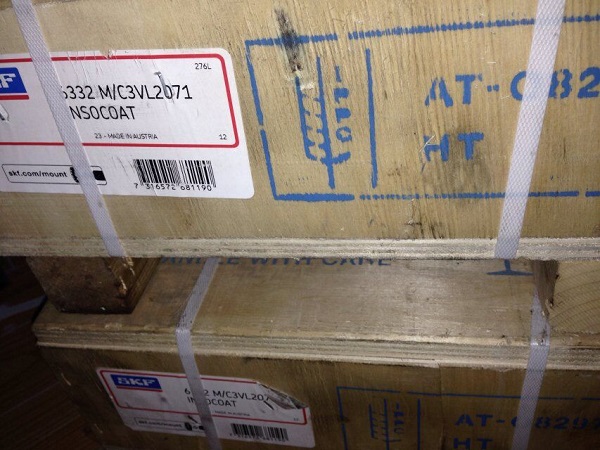1. Selection methods and steps
The correct selection of rolling bearings plays a very important role in whether the main engine can obtain good working performance and extend its service life; whether the enterprise can shorten the maintenance time, reduce the maintenance cost, and increase the operation rate of the machine. Therefore, whether it is a design and manufacturing unit or a maintenance and user unit, it must be highly regarded when selecting rolling bearings. Generally speaking, the steps for selecting a bearing may be summarized as:
1. According to the bearing working conditions (including load direction and load type, speed, lubrication method, coaxiality requirements, positioning or non-positioning, installation and maintenance environment, ambient temperature, etc.), select the basic type of bearing, tolerance level and clearance;
2. Determine the bearing model through calculation according to the working conditions, stress and life requirements of the bearing, or select the bearing model according to the use requirements, and then check the life;
3. Check the rated load and limit speed of the selected bearing.
The main considerations for selecting a bearing are the limiting speed, required life and load capacity. Other factors help determine the final plan of bearing type, structure, size and tolerance level and clearance requirements.
1.Type selection
Various types of rolling bearings have different characteristics and are suitable for different use situations of various machines. When selecting the bearing type,The following factors should generally be considered. In general, thrust bearings and angular contact bearings are used for thrust loads, ball bearings are usually used for high-speed applications, and roller bearings are used for heavy radial loads. In short, the selection personnel should select the appropriate type from different manufacturers and numerous bearing products. SKF 6332MC3/VL2071 bearings online , pls click here :

2.The space and position of the machine occupied by the bearing
In mechanical design, the size of the shaft is generally determined first, and then the rolling bearing is selected according to the size of the shaft. Usually, ball bearings are used for small shafts, and roller bearings are used for large shafts. However, when the bearing is restricted in the diameter direction of the machine, needle roller bearings, extra-light and ultra-light series ball or roller bearings are selected; when the axial position of the bearing in the machine is restricted, narrow or special Narrow series of ball or roller bearings.
3.The size, direction and nature of the load on the bearing
Load is the most important factor in selecting bearings. Roller bearings are used to bear heavier loads, ball bearings are used to bear light or medium loads, and bearings made of carburized steel or bainite quenched can bear shock and vibration loads.In terms of the direction of the load, deep groove ball bearings, cylindrical roller bearings or needle bearings can be selected when bearing pure radial loads. When bearing small pure axial load, thrust ball bearing can be selected; when bearing larger pure axial load, thrust roller bearing can be selected. When the bearing is subjected to combined radial and axial loads, angular contact ball bearings or tapered roller bearings are generally used.
4.The self-aligning performance of the bearing
When the center line of the shaft is different from the center line of the bearing seat, there is an angular error, or the shaft has a large distance between the two supports and the shaft is less rigid and easy to be bent or tilted by force, an adjustment with good centering performance can be selected. Center ball or spherical roller bearings, and outer ball bearings. This type of bearing can maintain normal operation when the shaft is slightly inclined or bent.The quality of the bearing's self-aligning performance is related to the allowable different axis degrees. The greater the value of the different axis degrees, the better the self-aligning performance.
5.The rigidity of the bearing
The rigidity of a bearing refers to the amount of force required to produce a unit deformation of the bearing. The elastic deformation of rolling bearings is very small, and it is unnecessary to consider in most machinery, but in some machinery, such as machine tool spindles, bearing rigidity is an important factor. Generally, cylindrical and tapered roller bearings should be used. Because these two types of bearings bear load, their rolling elements and raceways are in point contact, and the rigidity is poor.
In addition, various types of bearings can also be pre-tightened to achieve the purpose of increasing supporting rigidity. Such as angular contact ball bearings and tapered roller bearings, in order to prevent the vibration of the shaft and increase the supporting rigidity, a certain axial force is often applied in advance during installation to press each other. It is particularly pointed out here that the preload amount cannot be too large. When it is too large, it will increase bearing friction and temperature rise, which will affect the service life of the bearing.
Hot Tags: